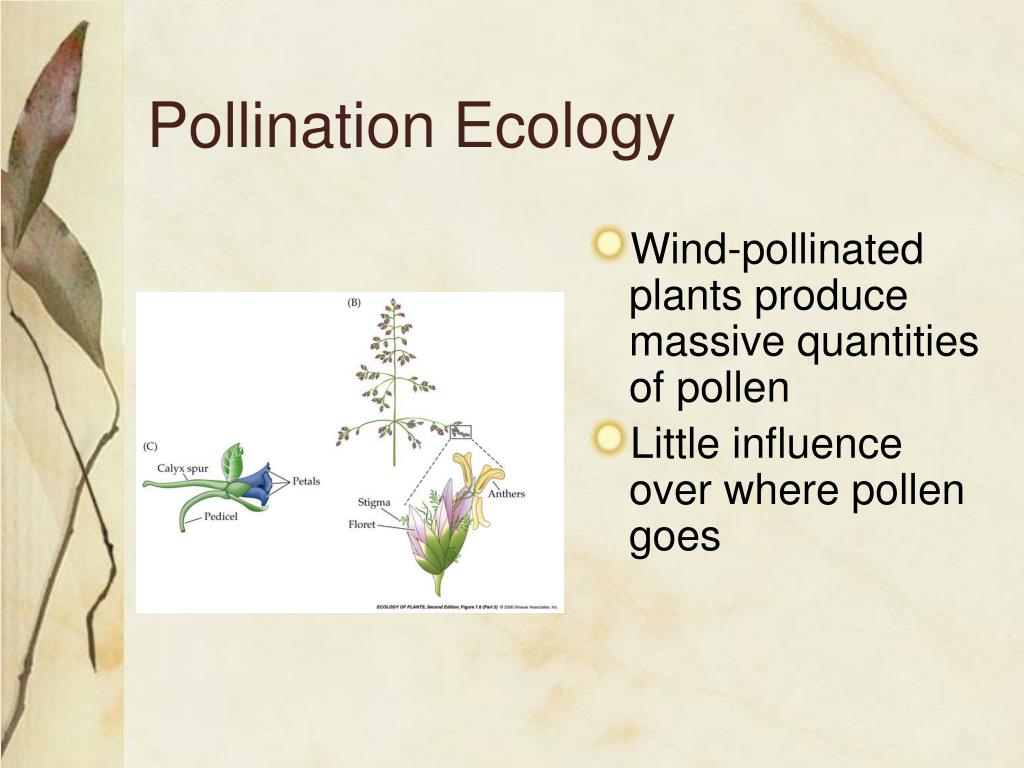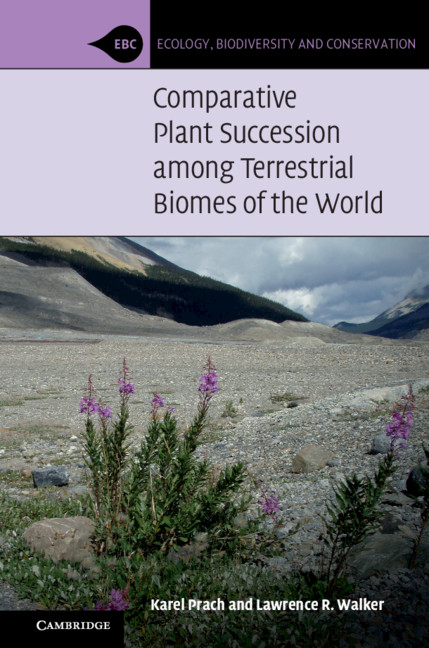
With some 2,000 scientific studies cited in a state-of-the-art scientific review.Ĭambridge University Press | 2016 | 692 pages, 32 color plates Reviews Each chapter also contains a bibliography of the relevant literature, How the various chapters relate to one another.Įach chapter includes review questions to aid students in their understanding and to allow them to monitor To aid professors in lectures and to help students understand concepts, the book containsĤ40 illustrations, many in color, and 322 review questions.Įach chapter begins with a chapter summary that provides readers a quick overview and an understanding of Scientific concepts, the field observations that support these concepts, and climate model applications that show the impact The book is written as an introductory textbook for graduate students and advanced undergraduates.

Reforestation following farm abandonment, afforestation, and urbanization are case studies of how human uses of land alter climate. The boreal forest-tundra ecotone and the North African Sahel are examples of climate-ecosystem dynamics.ĭeforestation, desertification of drylands, cultivation of grasslands, Natural vegetation dynamics and human land use are shown to be important mechanisms of climate change. Is explored at spatial scales from plant cells to global vegetation geography and at timescales of near instantaneous leaf gas exchange The coupling between climate and vegetation The central theme is that terrestrial ecosystems, through their cycling of energy, water,Ĭhemical elements, and trace gases, are important determinants of climate.

It examines the physical, chemical, and biological processes by which ecosystems affect andĪre affected by climate. It will also be of relevance and use to horticulturalists and carnivorous plant enthusiasts.Ecological climatology is an interdisciplinary framework to understand the functioning of terrestrial ecosystems This accessible text is suitable for senior undergraduates, graduate students, and researchers in plant biology, ecology, and evolutionary biology. The contributing authors examine every aspect of systematics, physiology, biochemistry, genomics, ecology, and evolution of what Darwin called ‘the most wonderful plants in the world,’ and describe the serious threats they now face from over-collection, poaching, habitat loss, and climatic change, which directly threaten their habitats and continued persistence in them. In putting together this fourth major work on the biology of carnivorous plants, Ellison and Adamec have assembled the world’s leading experts to provide a truly modern synthesis. Scientific investigations and understanding of carnivorous plants has evolved and changed dramatically in the nearly 30 years since Juniper et al’s Carnivorous Plants was published, and thousands of scientific papers on carnivorous plants have appeared in the academic literature. (1989) summarized and synthesized available scientific data on these remarkable plants. Subsequent monographs by Lloyd (1942) and Juniper et al. Charles Darwin was the first scientist to demonstrate experimentally that some plants could actually attract, kill, digest, and absorb nutrients from insect prey his book Insectivorous Plants (1875) remains a widely cited classic. MoreĬarnivorous plants have fascinated botanists, evolutionary biologists, ecologists, physiologists, developmental biologists, anatomists, horticulturalists, and the general public for centuries.

Carnivorous plants have fascinated botanists, evolutionary biologists, ecologists, physiologists, developmental biologists, anatomists, horticulturalists, and the general public for centuries.


 0 kommentar(er)
0 kommentar(er)
